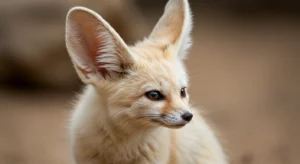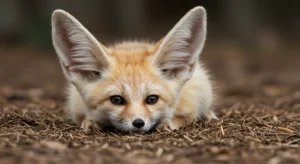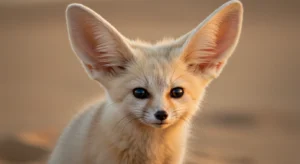What Kind of Fox Makes the Best Pet?
The allure of owning a fox leads many to wonder which species might adapt best to life as a companion animal. However, it’s crucial to understand that **no fox species is truly domesticated** in the same way as dogs or cats. All foxes retain strong wild instincts and have demanding care requirements. The concept of the “best” pet fox is highly subjective and depends entirely on the owner’s experience, resources, lifestyle, and legal ability to own one.
Defining “Best Pet” Fox
When people ask which fox makes the “best” pet, they might be looking for traits like:
- Manageable size
- Lower odor
- More predictable temperament
- Higher trainability (relatively speaking)
- Adaptability to a home environment
Let’s compare some commonly kept fox species against these criteria.
Fennec Fox (Vulpes zerda) Profile
- Size: Smallest (2-4 lbs).
- Odor: Generally considered less pungent than red foxes, though urine marking still occurs.
- Temperament: High energy, timid, playful, nocturnal, vocal. Can bond with owners but often remains skittish.
- Trainability: Can learn routines, some success with litter training (inconsistent).
- Needs: Requires warm temperatures, secure enclosure, outlets for digging, specialized diet.
- Considered By Some As “Easier”: Due to small size and slightly lower odor compared to Reds, often cited in discussions about comparing pet fox species, but still extremely demanding.
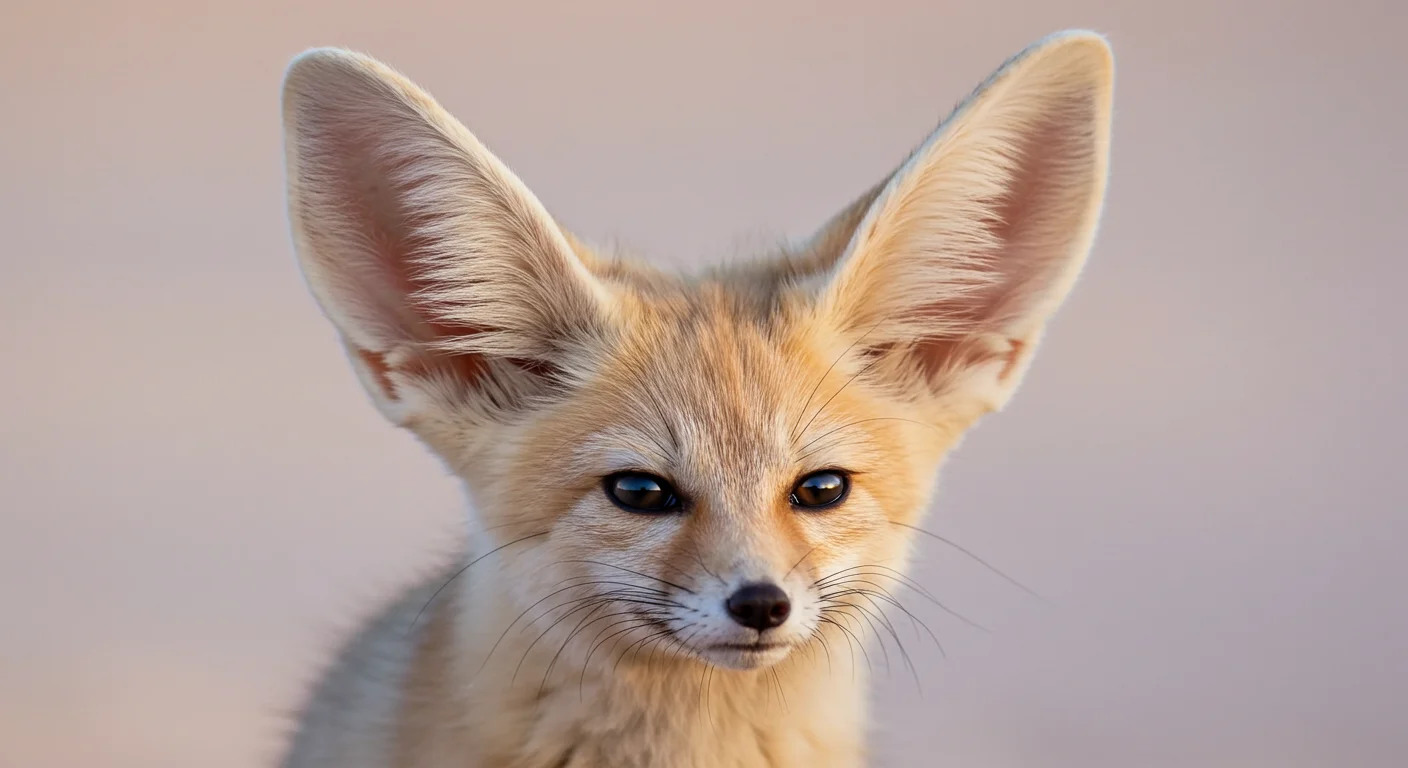
Red Fox (Vulpes vulpes) Profile
- Size: Larger (8-15 lbs or more).
- Odor: Strong, musky odor, particularly from scent glands and urine marking. Often considered a major drawback.
- Temperament: Intelligent, curious, can be playful but also independent and potentially destructive if bored. Temperament varies widely.
- Trainability: Can be leash trained and learn commands, but house training is very difficult due to strong marking instincts.
- Needs: Requires a very large, secure outdoor enclosure, significant enrichment, specific diet.
- “Domesticated” Lines: The famous Russian fox domestication experiment (Source: Wikipedia) selected for tameness, but these are rare, expensive, and still retain many wild traits and needs. Most “pet” red foxes are not from these lines and are essentially wild animals. Comparing a fennec fox vs red fox as pet often highlights the Fennec’s smaller size and potentially lower odor as advantages for indoor living, despite other challenges.
Arctic Fox (Vulpes lagopus) Profile
- Size: Medium (6-10 lbs).
- Odor: Possess scent glands and marking behaviors, odor can be significant.
- Temperament: Can be playful and curious, but also quite independent. May be less tolerant of handling than Fennecs or some Reds.
- Trainability: Similar challenges to Red Foxes regarding house training and marking.
- Needs: Specialized diet, require cool temperatures (prone to overheating), need secure enclosures allowing for digging/denning behavior. Their climate needs make them unsuitable for many locations.
Other Fox Species
Gray foxes, swift foxes, and other species are sometimes kept but are generally less common in the pet trade and possess similar challenges regarding wild instincts, specialized needs, and legality.
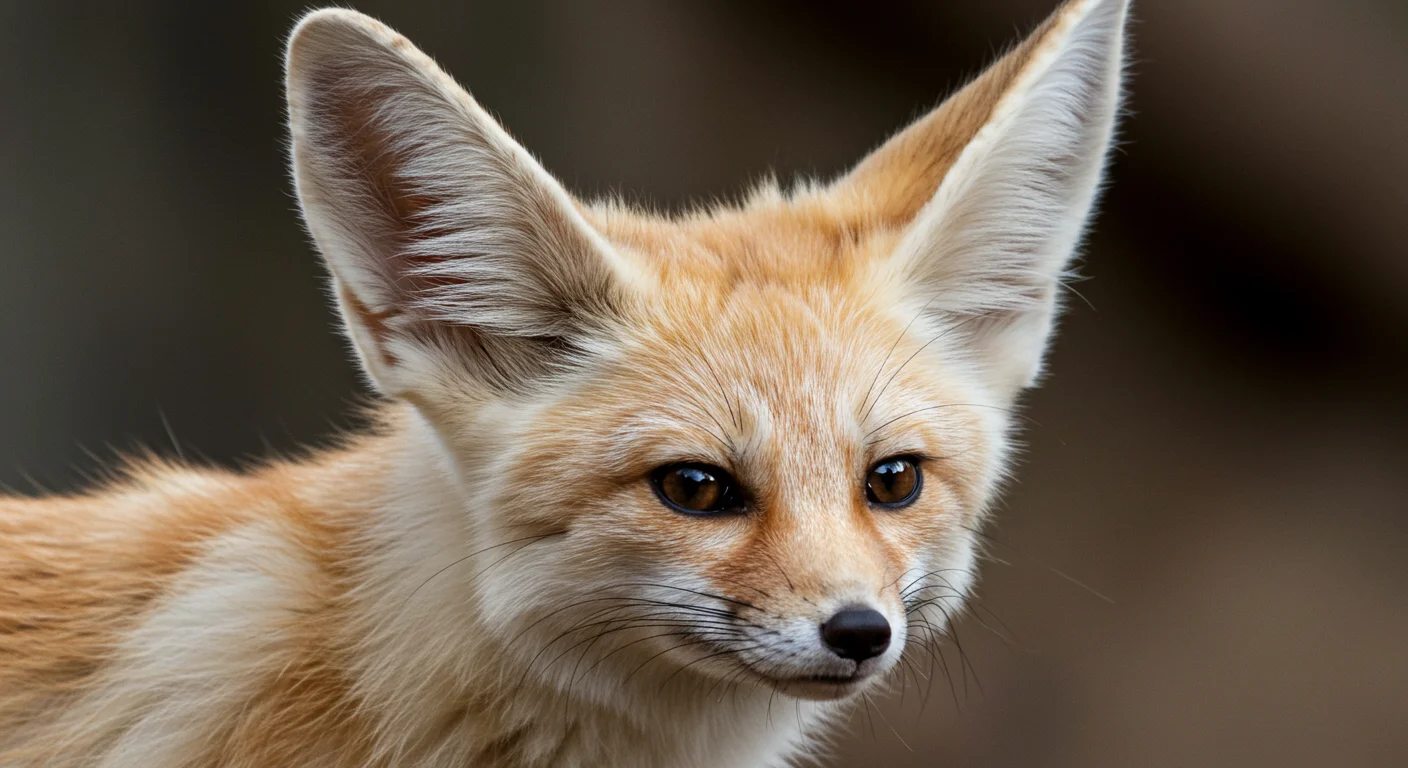
Key Considerations
Regardless of species, owning any fox requires:
- Legality Check: Ownership is illegal or heavily restricted in many places.
- Financial Commitment: High costs for purchase, enclosure, food, and specialized vet care.
- Time Commitment: Significant daily time for feeding, cleaning, enrichment, and interaction.
- Experience: Not suitable for first-time pet owners or even beginner exotic owners.
- Lifestyle Adjustment: Nocturnal activity, potential destructiveness (digging, chewing), noise, and odor must be accommodated.
- Specialized Vet Care: Access to a veterinarian experienced with exotic canids is essential.
Foxes are Not Dogs: Do not expect fox behavior to resemble that of a domestic dog. Their instincts remain paramount.
Conclusion: “Best” is Subjective and Demanding
There is no single “best” fox species to keep as a pet, as all present significant challenges far exceeding those of domestic animals. Fennec foxes are often considered *more manageable* by some experienced keepers due to their smaller size and potentially less intense odor compared to red foxes, making them slightly more adaptable to certain indoor situations *if* their extensive needs are met. However, their high energy, skittishness, and specialized requirements still make them incredibly demanding. Red foxes and Arctic foxes come with their own sets of challenges, including larger size, stronger odors, and specific environmental needs. Ultimately, the “best” pet fox is one that an owner is legally allowed to have, fully prepared for, and capable of providing lifelong specialized care for – a commitment few people are truly equipped to make.
Comparative information based on characteristics described by exotic pet keepers and zoological resources.
